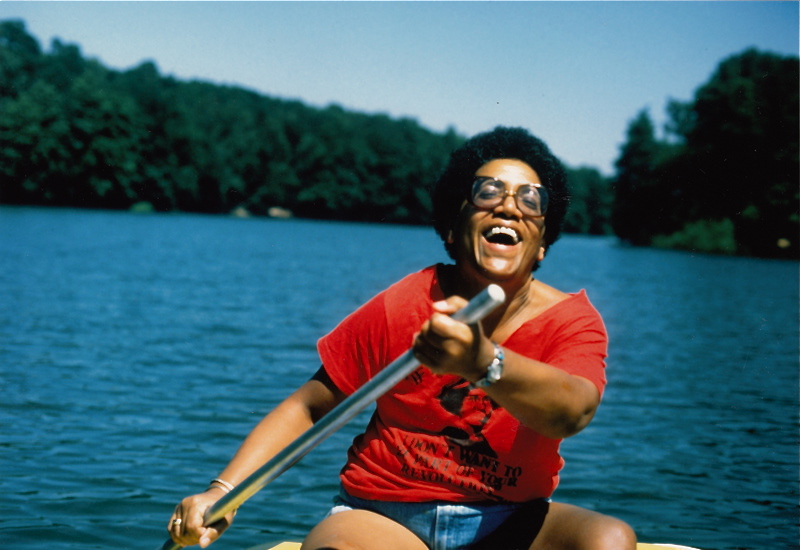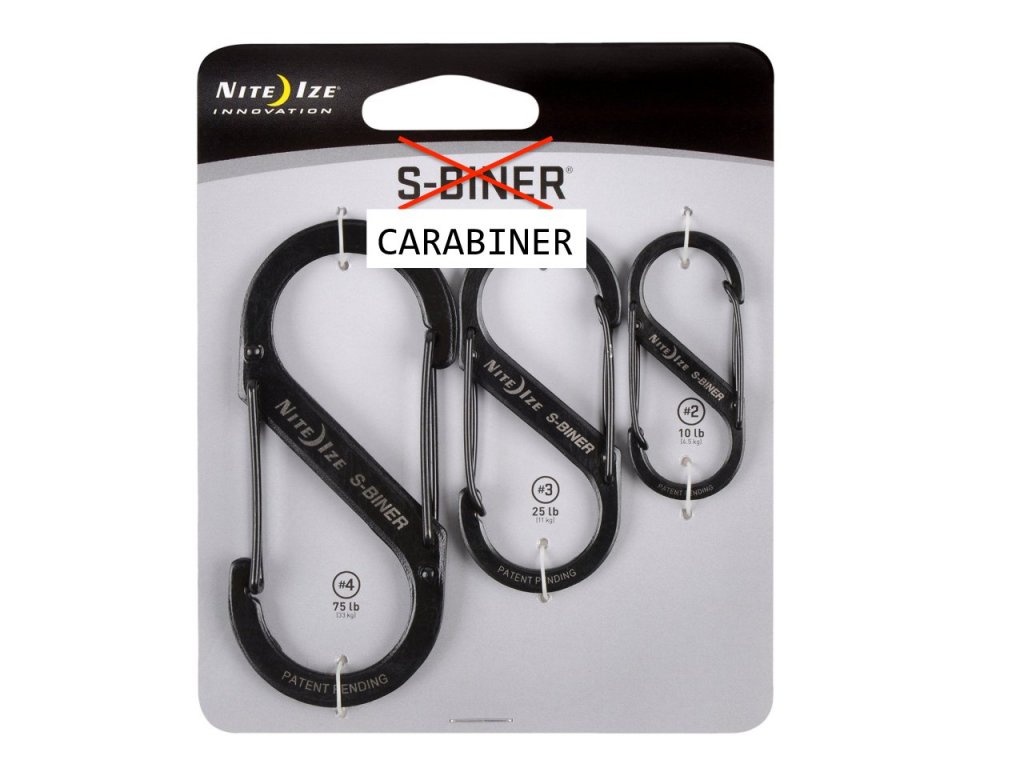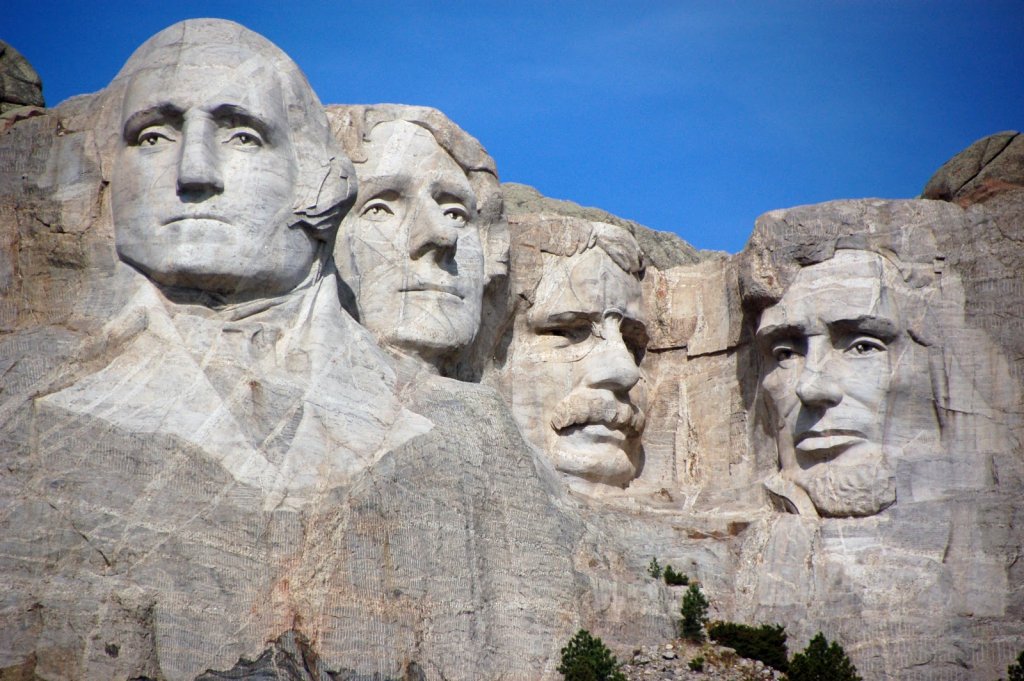Aparna
Published on
07 - 12 - 2016
Aparna
Published on
07 - 12 - 2016

There is no such thing as a single issue struggle because we do not live single issue lives. – Audre Lorde (photographed above)
In the days since the police shot and killed Philando Castile and Alton Sterling, we’ve seen the gamut of reactions on social media: from outpourings of sympathy, to grief and despair, to anger and rage, and more. As we’ve monitored the Facebook, Twitter, and Instagram feeds, we’ve also been reflecting on what role we at the Avarna Group have to play in this civil rights movement.
Here’s where we’ve landed. We dwell in the environmental and outdoor space, which is not devoid of power structures, privilege and oppression—all concepts at the forefront of civil rights. And we’ve been disappointed that (with a few exceptions) there has yet to be a galvanizing call from the environmental movement or outdoor recreation sector to take action beyond extending condolences. We wanted to take this opportunity to link our movement to #BlackLivesMatter in the hopes that we will step up and do more.
Don’t get me wrong. Some organizations in our space, like the Sierra Club and Outdoor Afro, have responded to the recent atrocities by explicitly connecting the dots between their mission and the Black Lives Matter movement and taking concrete action. But the entire movement has an opportunity and the responsibility to do more. In fact, the future of the environmental movement and outdoor recreation hinges on our proactive participation in the #BlackLivesMatter movement. Here’s why:
So now that we’ve connected some of the dots for you, we hope you will take action. Don’t just “say their names.” Do more. It is your responsibility as an individual and organization to articulate how you can support #BlackLivesMatter based on your unique identities, experiences, and spheres of influence. That said, here are some ways you can begin to take action.
Actually written by Guest Contributor Monserrat Alvarez [caption id="attachment_2568" align="alignleft" width="225"] Monserrat (Guachichil/Mexica) is an outdoor educator from the South…
Read full post about “But we’ve always said ‘biner!’” exclusionary words in outdoor recreation and educationDear CNN, Like many colleagues, we were thrilled to see that the topic of diversity in the outdoors has made…
Read full post about Nature’s calling — for diversity to be about more than just raceIn the wake of Charlottesville this past weekend, I have been thinking quite a bit about how these events connect…
Read full post about Connection the dots: white supremacy and monuments

